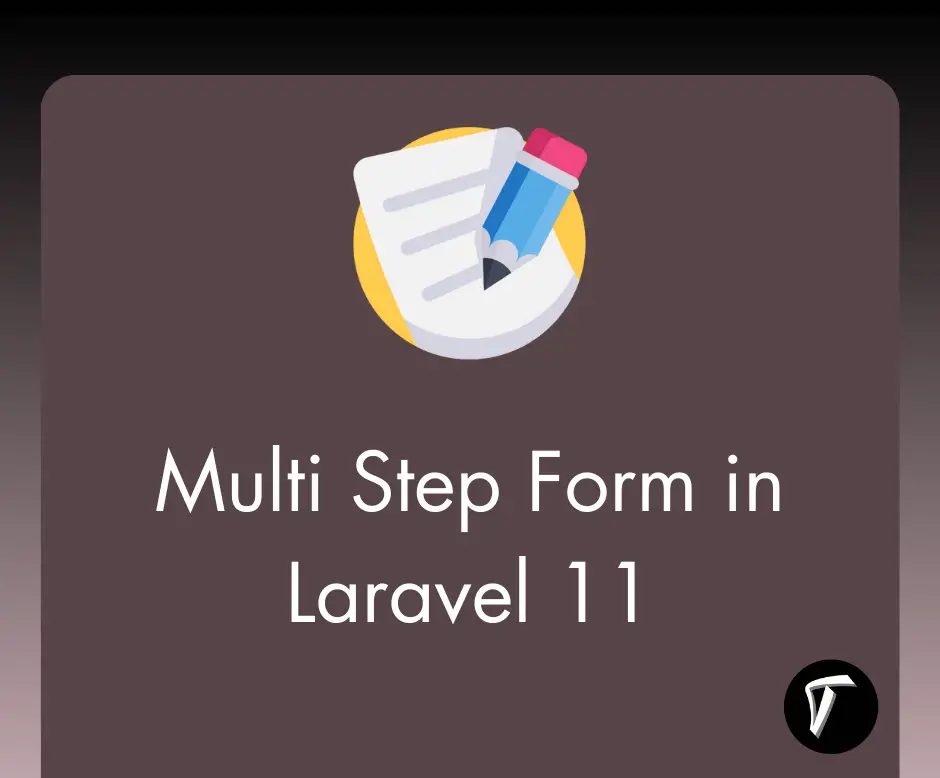Laravel 8 Mobile Number OTP Authentication using Firebase
In this article, we will see laravel 8 mobile number OTP authentication using firebase. There are many types of autentication to login to different sites and applications. So, here we will see mobile number otp authentication using firebase in laravel 8.
So, let's see mobile number OTP authentication using firebase in laravel 8, firebase OTP auth, firebase OTP verification in laravel 8, OTP authentication using firebase in laravel 8, firebase phone authentication in laravel 8
We can use firebase otp authentication to sign in a user by sending an otp message to the user's phone and after firebase otp verification user can login respective website or application.
So, let's start OTP authentication using firebase in laravel 8 step by step
Step 1 : Create Firebase Project for Laravel 8 Mobile Number OTP Authentication using Firebase
Step 2 : Install Laravel 8
Step 3 : Create Route
Step 4 : Create Controller
Step 5 : Create Blade File
First of all, we will log in into Firebase Console and create a new project for laravel 8 firebase phone authentication. After that you need to store app id and another details to add in blade file.

Now we need to enable authentication firebase OTP authentication to the sign-in method as shown in the below images.

Now, install a new application for the firebase OTP auth example using the below command.
composer create-project --prefer-dist laravel/laravel Firebase_OTP_Auth_Example
Now, we will add new routes to display login page in laravel. So, copy the below code in your routes/web.php file
Route::get('firebase_otp_verification', [HomeController::class, 'otpVerification']);
Here, I have created HomeController and added below code.
<?php
namespace App\Http\Controllers;
use Illuminate\Http\Request;
use App\Models\User;
class HomeController extends Controller
{
public function __construct()
{
$this->middleware('auth');
}
public function otpVerification()
{
return view('home');
}
}
Now, you need to create home.blade.php file and add below code.
<html>
<head>
<title>Laravel 8 Mobile Number OTP Authentication using Firebase - Techsolutionstuff</title>
<link href="https://cdn.jsdelivr.net/npm/[email protected]/dist/css/bootstrap.min.css" rel="stylesheet">
<script src="https://cdnjs.cloudflare.com/ajax/libs/jquery/3.6.0/jquery.min.js"></script>
</head>
<body>
<div class="container">
<h3 style="margin-top: 30px;">Laravel 8 Mobile Number OTP Authentication using Firebase - Techsolutionstuff</h3><br>
<div class="alert alert-danger" id="error" style="display: none;"></div>
<div class="card">
<div class="card-header">
Enter Phone Number
</div>
<div class="card-body">
<div class="alert alert-success" id="sentSuccess" style="display: none;"></div>
<form>
<label>Phone Number:</label>
<input type="text" id="number" class="form-control" placeholder="+91 9876543210"><br>
<div id="recaptcha-container"></div><br>
<button type="button" class="btn btn-success" onclick="SendCode();">Send Code</button>
</form>
</div>
</div>
<div class="card" style="margin-top: 10px">
<div class="card-header">
Enter Verification code
</div>
<div class="card-body">
<div class="alert alert-success" id="successRegsiter" style="display: none;"></div>
<form>
<input type="text" id="verificationCode" class="form-control" placeholder="Enter Verification Code"><br>
<button type="button" class="btn btn-success" onclick="VerifyCode();">Verify Code</button>
</form>
</div>
</div>
</div>
<script src="https://www.gstatic.com/firebasejs/6.0.2/firebase.js"></script>
<script>
var firebaseConfig = {
apiKey: "XXXX",
authDomain: "XXXX.firebaseapp.com",
databaseURL: "XXXX.firebaseio.com",
projectId: "XXXX",
storageBucket: "XXXX.appspot.com",
messagingSenderId: "XXXX",
appId: "XXXX",
measurementId: "XXXX"
};
firebase.initializeApp(firebaseConfig);
</script>
<script type="text/javascript">
window.onload=function () {
render();
};
function render() {
window.recaptchaVerifier=new firebase.auth.RecaptchaVerifier('recaptcha-container');
recaptchaVerifier.render();
}
function SendCode() {
var number = $("#number").val();
firebase.auth().signInWithPhoneNumber(number,window.recaptchaVerifier).then(function (confirmationResult) {
window.confirmationResult=confirmationResult;
coderesult=confirmationResult;
$("#sentSuccess").text("Message Sent Successfully.");
$("#sentSuccess").show();
}).catch(function (error) {
$("#error").text(error.message);
$("#error").show();
});
}
function VerifyCode() {
var code = $("#verificationCode").val();
coderesult.confirm(code).then(function (result) {
var user=result.user;
$("#successRegsiter").text("You Are Register Successfully.");
$("#successRegsiter").show();
}).catch(function (error) {
$("#error").text(error.message);
$("#error").show();
});
}
</script>
</body>
</html>
Output :

You might also like :
- Read Also : Carbon Add Days To Date In Laravel
- Read Also : Laravel 8 Generate PDF Using DomPDF
- Read Also : Laravel 8 Authentication using Jetstream Example
- Read Also : How to Integrate Razorpay Payment Gateway in Laravel








